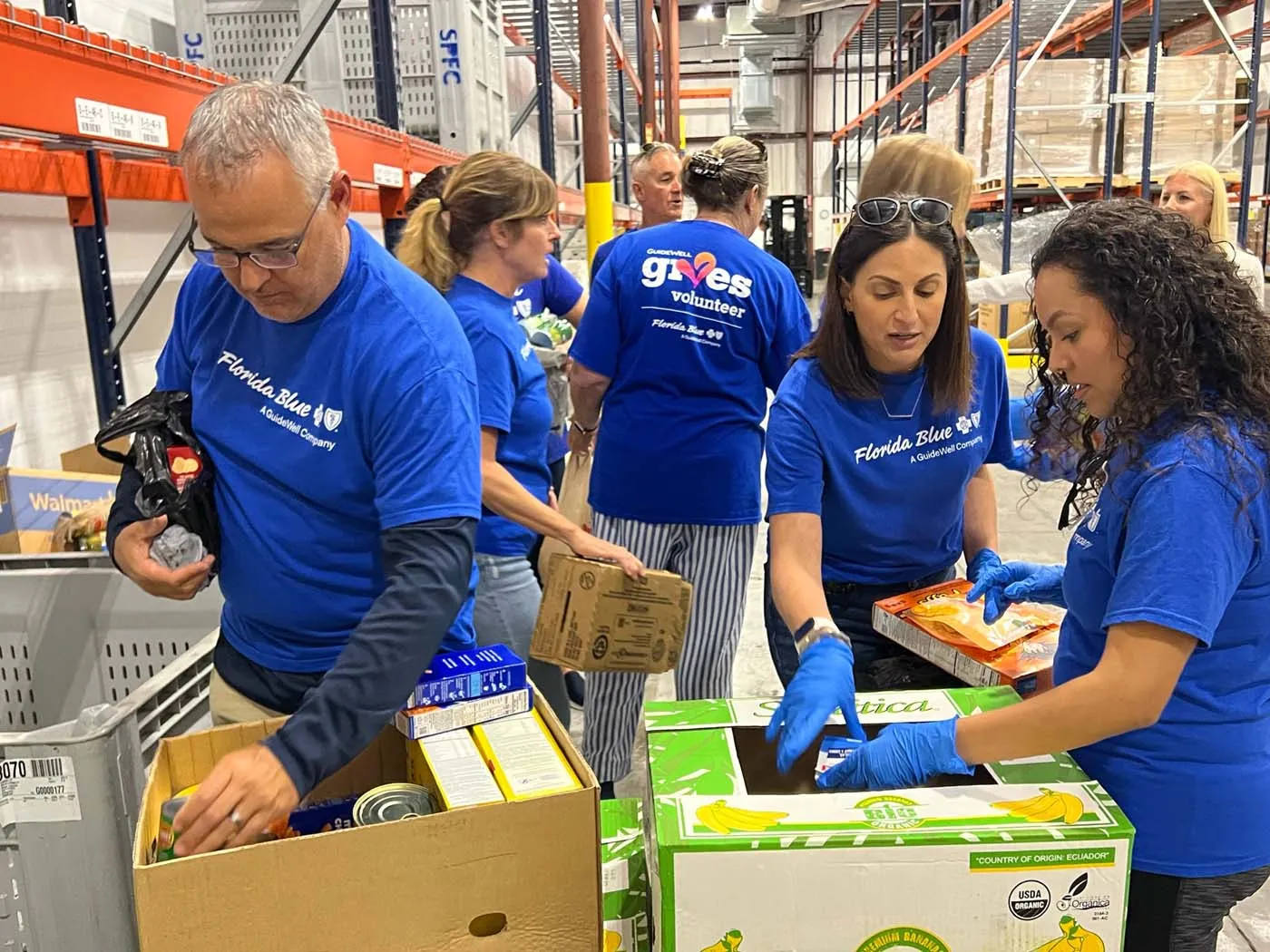Accesibilidad de Contraste
Control de animación
Contacto y Ayuda
ContáctanosJacksonville Center
Buscar
Búsqueda rápida

Presentando
En el mundo de los seguros de salud, no todas las compañías son iguales. Mientras que la mayoría de las aseguradoras con fines de lucro priorizan las ganancias de los accionistas, Florida Blue ope ...
